Whilst winding its tranquil path through the English countryside, the River Thames has captured the imagination, hearts and minds of generations of anglers. Indeed, my Grandfather fished the Thames for the best part of 50 years, whilst my Dad has spent a similar amount of time both afloat and bank side on this most famous of rivers. Naturally, I found myself wetting a line since boyhood and can count this river as one of my all time favourite venues. What with the lure of gravel pits, intimate streams and hidden pools, my affair with local carp kept me away for a number of seasons. With my move further up the valley to the leafy heaven that is Twyford, I have had a chance to scratch that Thames itch that I know I share with many other anglers.
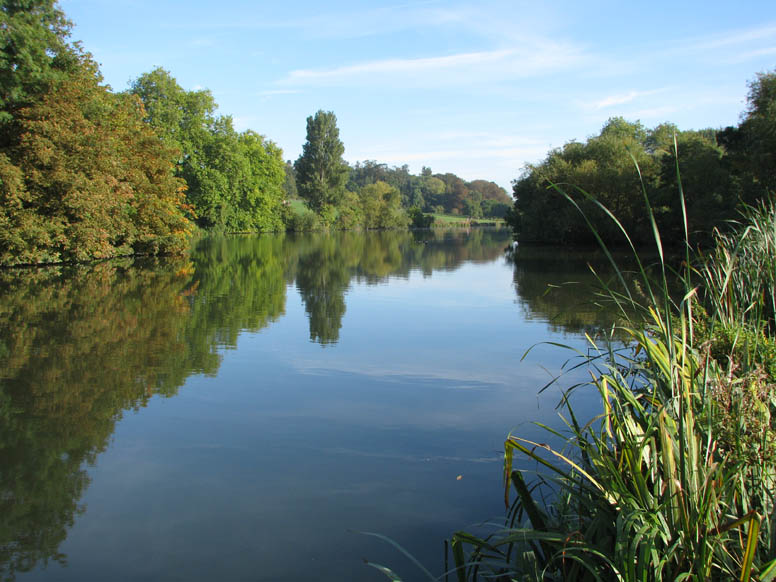
Although I love nothing better than trotting a float and heaping in mashed bread for my chub fishing, there is something ruthlessly efficient about fishing with boilies at night. Over the past few years I have found a nice little area that has earned me a few large daytime chub to either maggots or bread, and I just knew it had more potential and obviously well worthy of a concerted effort. For sure there are big carp and barbel sharing the habitat, and this has to be taken into consideration as these apex cyprinids will undoubtedly make an appearance.
Spending an inordinate amount of time on both the Loddon and St Pats, it was inevitable that I was to make the short hop across the fields and end up on the Thames local to me. With it’s obvious size difference, increased boat traffic and amazing potential for large fish of most species, the learning curve was short in that I have mostly resorted to the use of gravel pit tackle whilst deploying moving water tactics. In all honesty, methods that are probably best suited to Colne Valley carping have been the order of the day, such as rods down low and plenty of pre baiting! In some quarters, it might get seen as ‘Carbelling’ which is just a trendy name for using tackle that can cope with both the sometimes harsh terrain and dealing with big fish and heavy end tackles. Quite sensible in my book, as a boilie hookbait in the Thames will get eaten by literally anything and everything.
Leaving my usual 2lb rods on the other quiver for the smaller rivers, I have been using my trusty 2 3/4lb Arbitrators and 6000 size reels coupled with 12lb Hydro Tuff and 25lb Disruption hooklinks which are affixed to either size 4 or 6 Covert Talon Tips. Plummet leadcore in 5 foot lengths is used to give a bit of abrasion resistance and a Covert Lead Clip finishes the whole ensemble off nicely whilst carrying the 3oz plus of lead needed to hold station on the far bank. For extra safety and stealth, the Drop Out backleads are usually deposited off the rod tips to keep the main lines away from the boats, swimmers, kayakers, rowers and wildlife. These will easily pop out if they encounter any stray streamer weed or hidden snags, which this river is almost famous for. So there you have it, I admit openly to unashamedly using what is essentially carp tackle.
I mentioned pre bait, which is something I tend to religiously do if I am engaging in a series of trips to the same venue regardless of species. It helps, and in the Thames where mouths are aplenty, you need a lot to either attract fish to the area to start with, or hold them there when they are being caught from amongst the shoal. Balancing the fear of capture factor against the easy life of a free meal can be hit and miss. Catch a few, and the swim dries up. Consistently catch a good few over a sustained period and you potentially stand a chance of spooking the whole shoal for a lot longer than just the rest of the session. This is a situation I once found myself in on the Loddon about 10 years ago. I have yet to experience this on the Thames though and can state with conviction that I actually doubt I put enough pre bait in!

My carp, tench, chub, bream and barbel bait for the past few seasons has been Sticky’s Krill boilies. Darren of The Hookbait Company fame kindly supplies me with my groundbait ingredients and additives. My chosen groundbait blend is usually supplied in its constituent ingredients, and I spend whole afternoons sieving and mixing my base, which is essentially a blend of brown crumb, krill powder and hemp. Always adding a few extra bits and pieces to suit the situation, as in the venue type and species, this has become my staple base mix for delivering hookbait samples. In the case of the Thames this consisted of 22mm halibut pellets and 20mm Krill boilies. Tom also provided me with a large amount of off cuts and misshapes, called ‘scrag’ up North, which have really made a difference and I know give me an edge over using round boilies. I along with countless others have written before about using many different shapes, sizes and textures of baits at the same time. It works for me.
Twice a week I would begin pre baiting, provided no other anglers were present in at least half a mile of the area. There never is. Well, that’s a lie there was once, the only time in two seasons. Arriving usually just on dark, I would sneak across the field and carefully check for signs of other human presence along my way. All to no avail as I hardly ever see anyone else. Anyhow, it doesn’t hurt to keep it low key. Groundbait is mixed at the bankside and allowed to soak in whilst I wander up and down catapulting a few pouches of whole boilies in. The offcuts and pellets are mixed in with the groundbait, with added Krill liquid and ‘pepped up’ molasses for a proper stink trail. These get deposited by the catapult on the spots that had the boilies, and make one hell of a sound echoing up the river. Hence the mild paranoia.
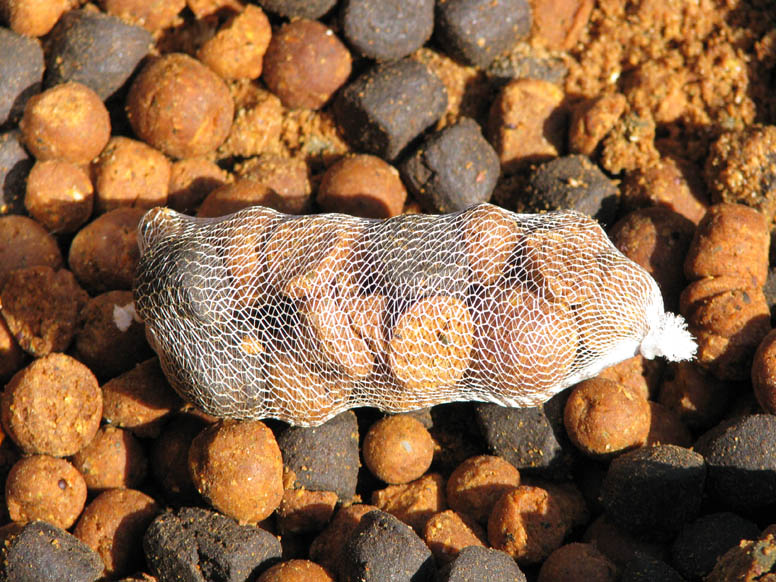
My hooking arrangement of a double 20mm boilie is complemented with a large PVA bag of big pellets and more offcuts. These are then doused in Krill and affixed to the hooks. Meanwhile the rods are walked out to the trusty ‘stick stabbed into the ground’ discrete line clip markers before clipping up and walking back. A gentle lob see’s them land on their respective spots with a firm clunk, sending that flavour trail off into the yonder, nailed there safe and sound thanks to a decent sized lead. The rods are then set with the tips down low and the buzzers on. Time to sit back and drink tea. After all the disturbance of baiting and casting, I would usually expect to wait for an hour or more before the first signs of activity, but I have caught from near the off. Usually bream, thanks to the molasses and pellets, but I want that. Bream in the swim stirring all that grub up brings the rest of the species in, eventually, but I ensure bait is always out there by topping up after every bite as like their stillwater counterparts, river bream eat quite a bit! I am convinced I could bag a decent netful on the pellet feeder, maybe one day I will have a go.
The chub bites are nearly always drop backs, with the odd screamer in between as their cavernous mouth acts like a windsock in the current. Plus they tend to be of a reasonable size if they pick up the large double bait dangling off a size 4. Bream indication is a bleep or two at most, one bleep for ‘picked it up and dropped it’ and two bleeps for ‘it’s hooked’. In contrast, the carp and barbel bites have always been fizzers and tend to come out of the blue and uncannily later on during the session after the bream and chub have either had their fill or become spooked a bit. Classic baiting pyramid again, I love it. Lake or river it seems to hold true. With chub to 7lb 4oz and plenty of sixes, fives and bream to near doubles, it has been fantastic sport. As the shoal descends, it is common for me to have the other rod go whilst playing or landing a chub or bream. Most get unhooked in the edge and let go, but some I keep behind for weighing and photos. Some nights I found myself just blown away at the number of big chub I found myself staring at by torchlight, corny I know but they kept on coming.
The real prizes have been the barbel and carp. Since the 2007 floods the river holds a reasonable head of Oxfordshire’s finest escapees and I am sure there are a good few to be caught if a really concerted effort was to be made, as in a whole season. Not for me, there are far too many other things to fish for in other stunning locations. The barbel, however, have to be seen in the flesh to really see what I am going to state next. Having caught a few fish over the years from the Lower Pats at the back end of the season, I have noticed that there is a certain type of barbel that is not a typical (like from the Loddon for example) shaped fish. These big ‘dog of a barbel’ type fish have large shovel shaped heads and the stature to back them up. Mean looking. Anyone who has seen or caught those big Pats fish in February and March will know what I talking about. I am now certain that these are predominantly Thames dwelling barbel that migrate come March ready to spawn in a few more weeks. The paths of anglers and these beasts might only cross for a month at the most before the closed season, and the window is short. Unless you want to go up the big river and find them before they move into the tributaries.
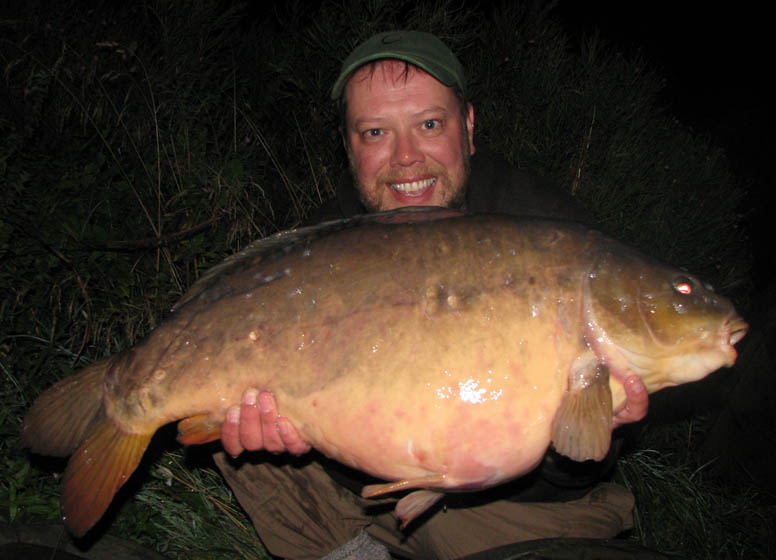
The thing is, that can be like finding a needle in a haystack. So what has been my approach? Well, without giving away my actual spots, I already had a working knowledge of the areas I could locate and catch fish of most species, having spent plenty of time trotting and the odd drown of a boilie here and there. As already mentioned it was due to catching a few decent chub a number of seasons back on more traditional methods that stood me in good stead and provided the head start as to where to actually fish. If I were to start from scratch, I would certainly do it the same way, as in go float fishing and learn a bit about what’s in there and where. Every single session you can learn, and it should come as second nature to multi species anglers to spot an opportunity, even whilst on a couple of hours gudgeon snatching.
The stand-out areas for me have been either mid river, or against the bottom of the slope next to an island, of which there are a good few. As long as it is clean gravel, I tend to get bites quicker than if it somehow ends up in weed or silt. The act of fish regularly feeding meant the river bed would inevitably get scoured out, as it does in a lake, so the spots were getting bigger week by week. Bless the bream and all they eat, as I doubt there is ever much bait left once they move off.
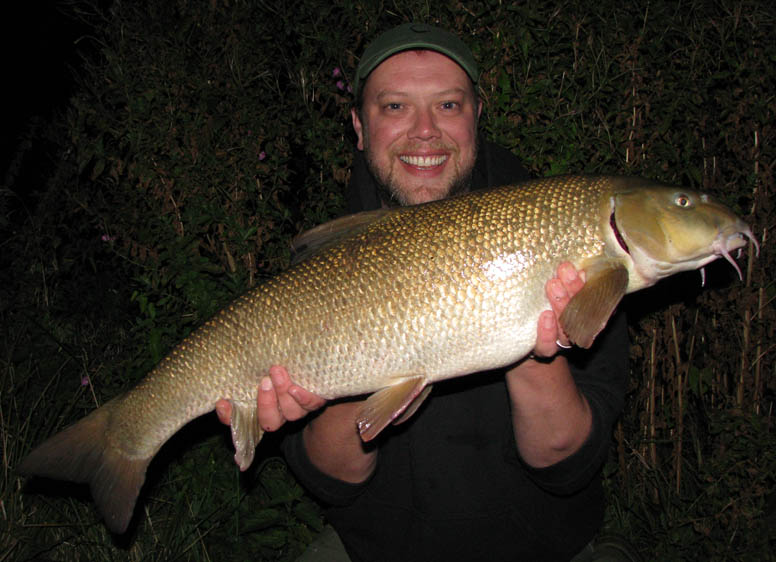


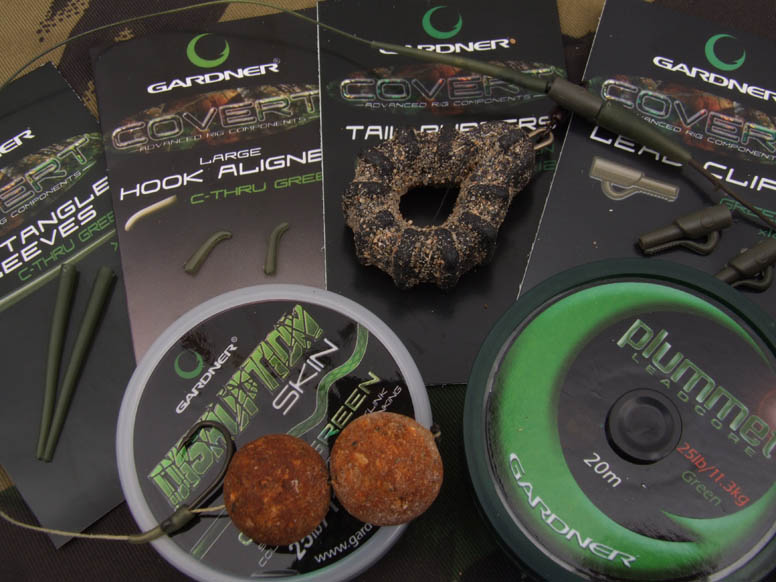
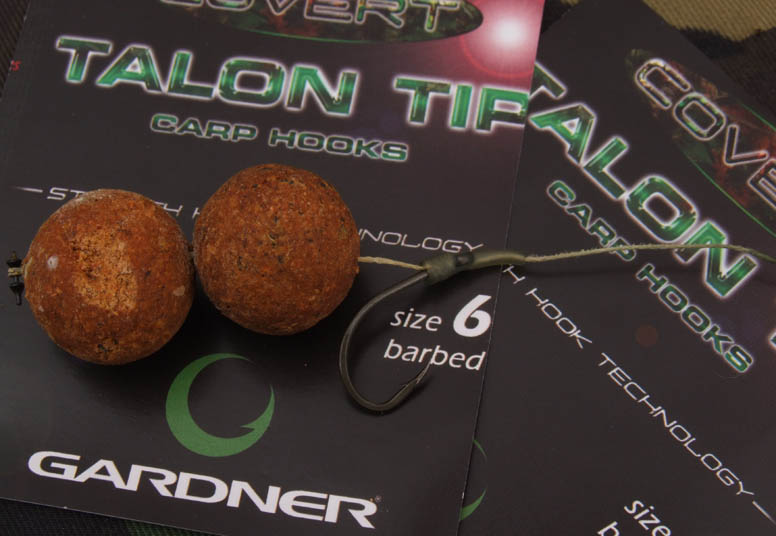
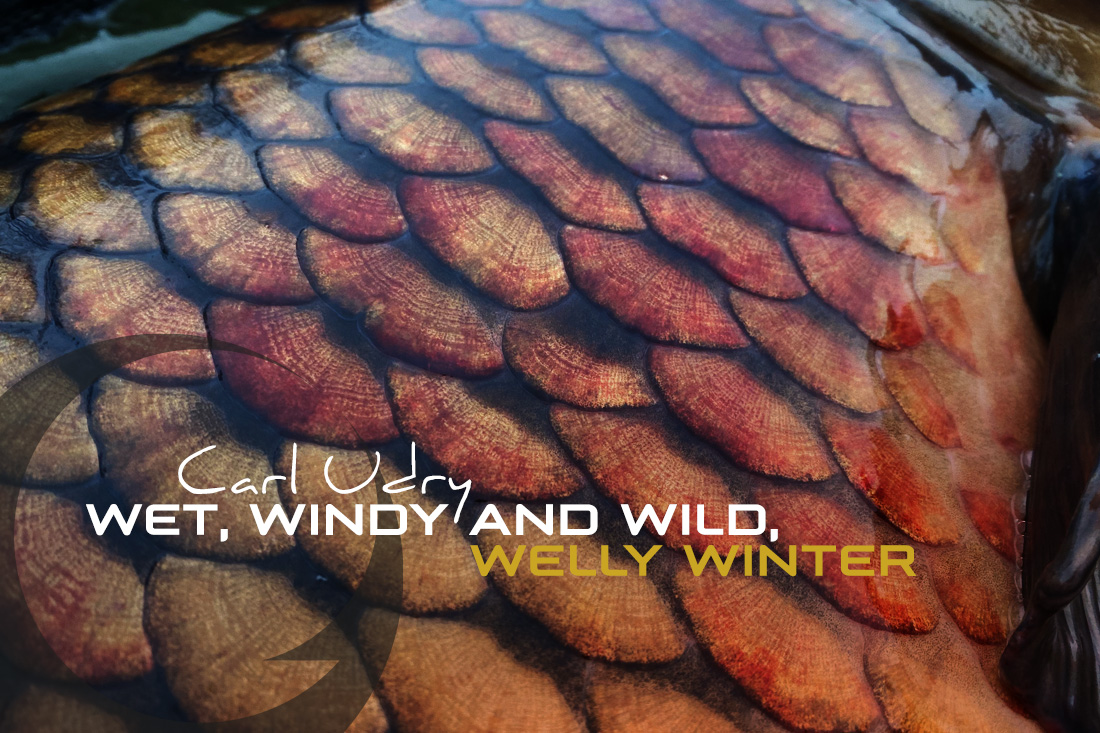

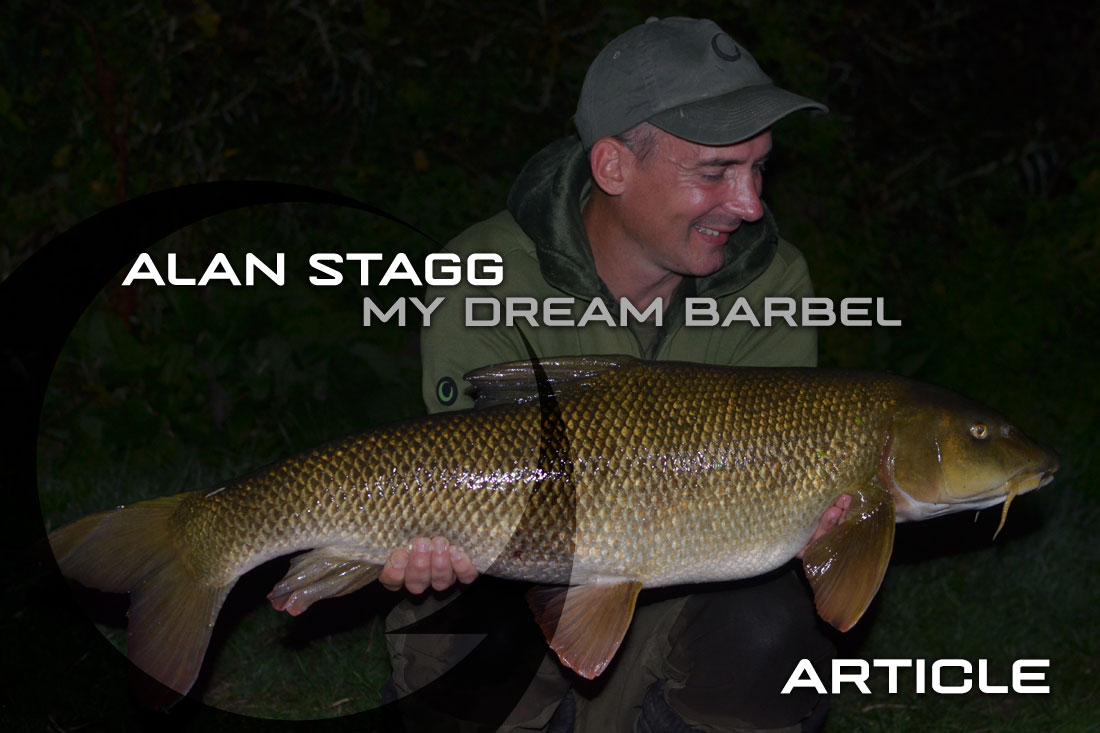
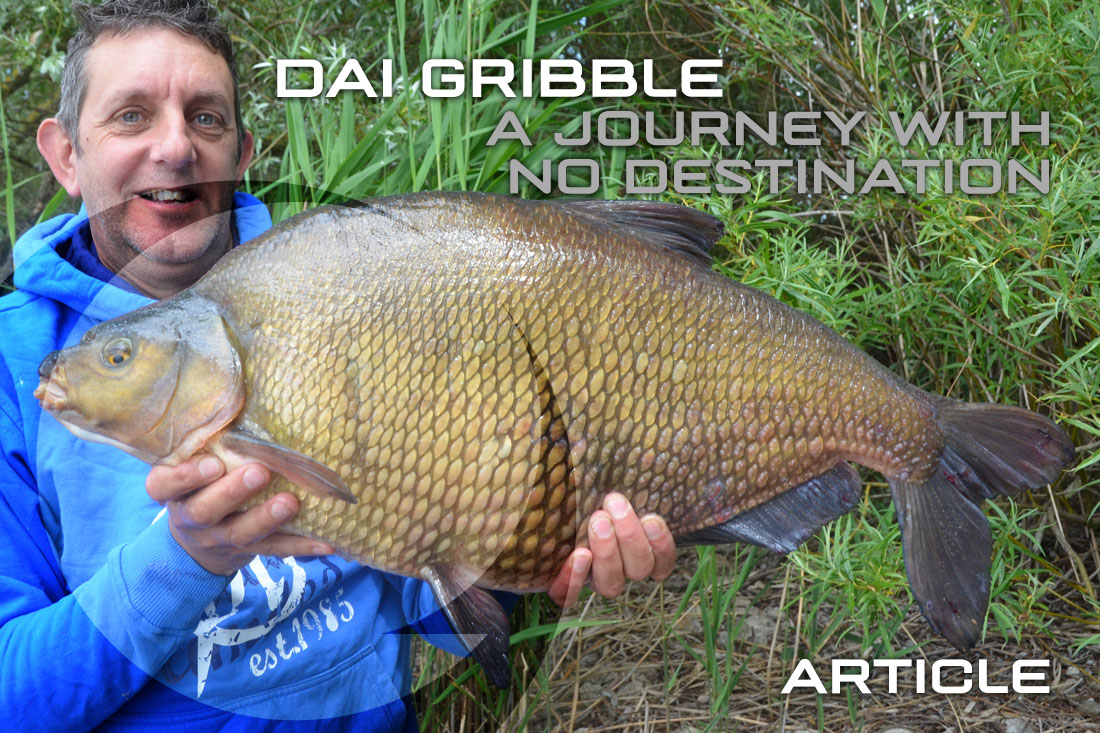
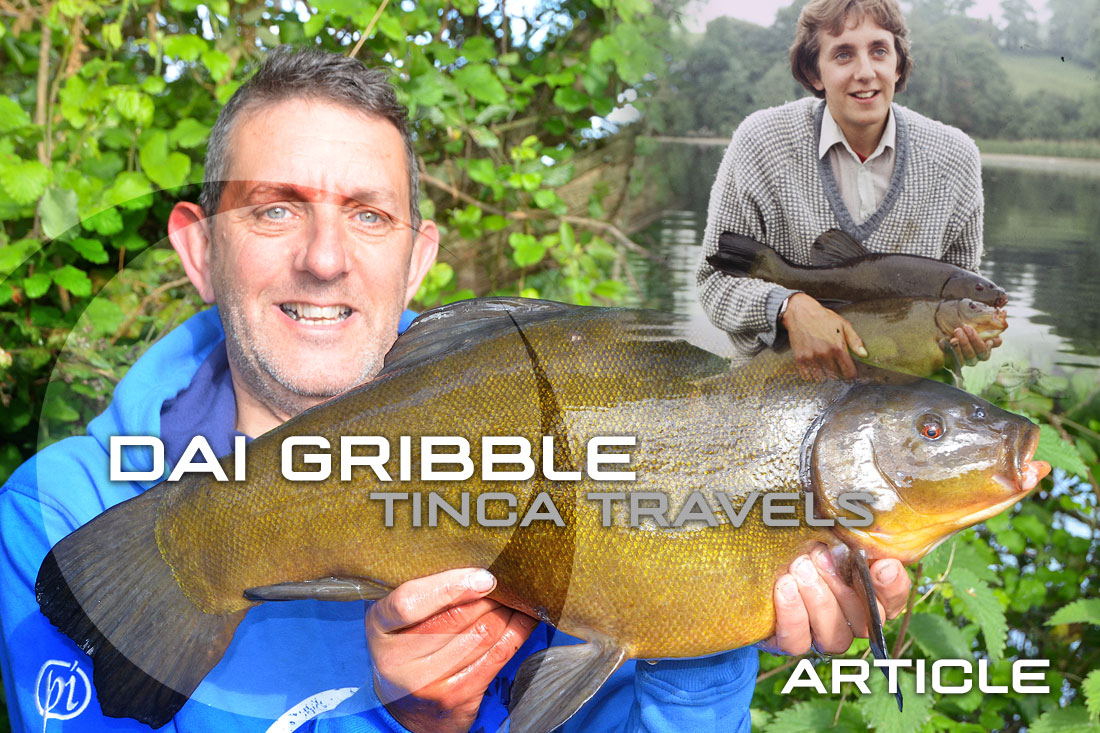
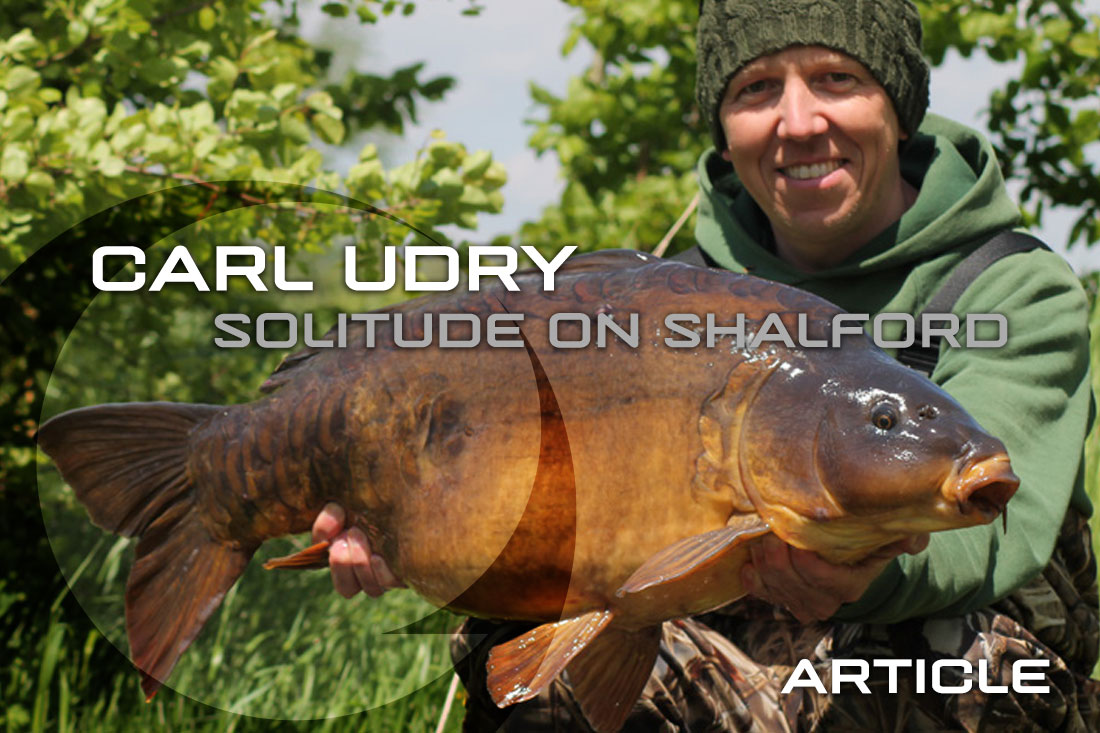
Hi Sam
I came across your ‘Thames Ramblings’ article by chance; very soon I realised the pictured venue is my / our ‘home’ club stretch and I recognise the peg number! The point of this post is to thank you for being generous with details of your approach to fishing this strertch, it’s certainly made me think I need to adapt my tactics. I’ll apply your attention to detail to another Thames venue a couple of miles away which I suspect holds decent barbel.
Thanks again
JM